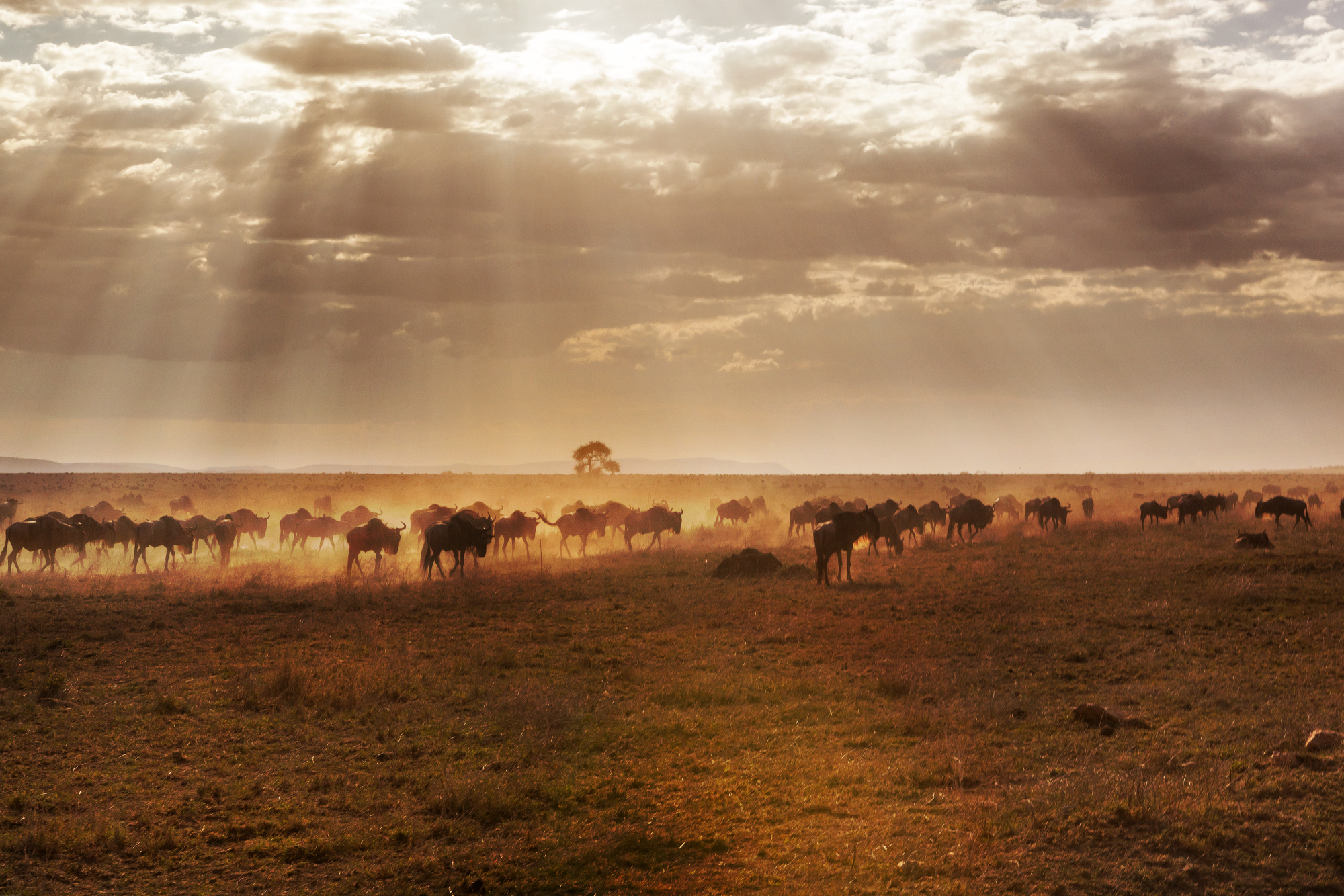The Future of Wildlife Conservation: Navigating the Rise of the Animal Rights Movement
Traditional Practices Under Scrutiny
Hunting and trapping have been cornerstones of wildlife management for centuries. These practices provided sustenance and fostered community bonds while instilling values such as patience, self-reliance, and respect for nature. However, these practices are increasingly being challenged by the animal rights movement, which questions their ethical implications and advocates for the intrinsic rights of animals.
Societal Shifts Fueling the Movement
Several societal changes have contributed to the rise of animal rights advocacy:
Urbanization: As more people live in urban environments, there’s a growing disconnect from nature and traditional rural practices, leading to a lack of understanding and appreciation for the role of hunting and trapping in wildlife management.
Scientific Interpretation: Popularized science often emphasizes animal sentience and intelligence, reinforcing arguments for animal rights and leading people to question the morality of using animals for human purposes.
Anthropomorphism: Attributing human characteristics to animals fosters empathy and strengthens the case for their rights, making it difficult for some to justify practices that cause animal suffering or death.
Moral Expansionism: Extending moral considerations to non-human entities challenges established norms around wildlife use and encourages people to view animals as deserving of the same ethical considerations as humans.
Implications for Conservation
The animal rights movement’s growing influence necessitates a reevaluation of traditional conservation strategies. Wildlife professionals must engage in open and honest dialogues with animal rights advocates, acknowledging their ethical concerns while also educating the public on the ecological and cultural significance of hunting and trapping.
It is crucial to emphasize that hunting and trapping, when conducted ethically and sustainably, can play a vital role in maintaining healthy wildlife populations and preventing overpopulation, habitat destruction, and disease outbreaks. Moreover, these practices can generate revenue through hunting licenses and fees, which can be used to fund wildlife research, conservation programs, and habitat restoration.
A Call for Inclusive Conservation
The future of wildlife conservation depends on finding common ground between traditional practices and emerging ethical paradigms. Conservationists must adopt a more inclusive approach that respects diverse perspectives and seeks collaborative solutions.
By understanding the motivations behind the animal rights movement and addressing its concerns, conservationists can work towards solutions that balance ethical considerations with ecological realities. This may involve implementing stricter regulations for hunting and trapping, promoting non-lethal methods of wildlife management, and investing in research to develop innovative and humane approaches to conservation.
Bridging the Gap
The debate between animal rights advocates and proponents of traditional wildlife management practices is complex and multifaceted. However, by fostering open communication, promoting education, and embracing innovation, it is possible to bridge the gap between these two perspectives and create a future where wildlife conservation is both ethical and effective.
As society continues to evolve, so too must our approach to wildlife conservation. By embracing change and working together, we can ensure that future generations inherit a world where both humans and animals can thrive in harmony.

